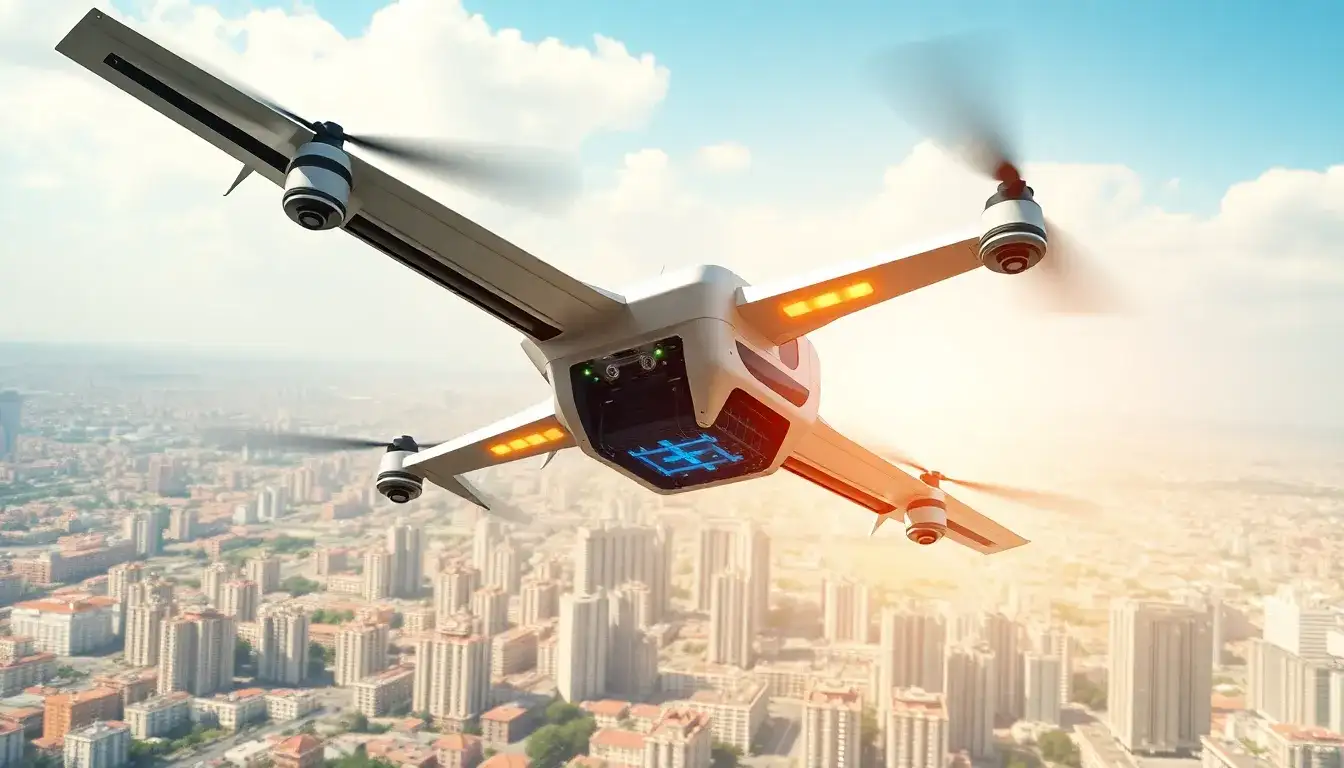
National Power Battery Innovation Center Advances eVTOL Technology
Recently, the National Power Battery Innovation Center announced the development of a specialized lithium-ion battery for electric vertical takeoff and landing (eVTOL) aircraft, featuring an energy density of 320 Wh/kg and a maximum discharge rate of 10C. This battery was successfully tested on an unmanned cargo eVTOL with a takeoff weight of 2.5 tons.
The innovation center is focused on the national strategy for the low-altitude economy, addressing the energy needs of low-altitude aircraft. It continues to make significant advancements in key technologies related to power batteries and the development of new products. The center has achieved breakthroughs in safety, energy density, and power output, thus supporting the development of the low-altitude economy in China.
By overcoming critical technical challenges, the center has developed several series of technologies, including low-resistance thick electrode designs, high-ion conductivity, stable interface film construction, and non-flammable electrolytes. Major breakthroughs have been made in core technologies such as new material systems, innovative electrode structures, and all-solid-state batteries. These advancements have addressed issues related to balancing high power and high energy, poor temperature adaptability, and inadequate safety, thereby enhancing the intrinsic safety of the batteries as well as their discharge capabilities under different conditions.
The center has successfully developed prototype battery cells capable of 400 Wh/kg at 6C continuous discharge and 500 Wh/kg at 3C continuous discharge, with batch validation currently underway.
In terms of product iteration and upgrade, the center has focused on optimizing structures and implementing dual safety designs to ensure that batteries can meet the high energy, high power, and high safety requirements necessary for low-altitude aircraft during takeoff, landing, and extended flight. A range of shelf products has been developed, including those offering 320-340 Wh/kg with both sustained 6C and transient 12C discharge capabilities. The 400 Wh/kg at 3C semi-solid power battery product can effectively ensure stable operation of the aircraft under various complex conditions.
These products have already been utilized by leading companies and research institutions, such as Commercial Aircraft Corporation of China, Aerospace Science and Industry Corporation, and others, collectively supporting the development of nearly 15 eVTOL models and providing robust power support for the low-altitude economy.
The center is also actively engaged in standardization efforts to promote the development of the low-altitude industry. Recognizing the lack of unified standards in aviation batteries, it has collaborated with the Commercial Aircraft Corporation’s research center to compile and release the group standard for “Safety Performance Requirements for Lithium Batteries in Electric Aircraft,” significantly contributing to the safe and high-quality development of the low-altitude economy.
The National Power Battery Innovation Center plays a vital role in leading national platforms, fulfilling its mission, seizing development opportunities, accelerating technological innovation, and promoting revolutionary breakthroughs in power batteries. It is committed to addressing the pain points in the development of the low-altitude economy, enabling it to reach new heights.
In 2024, “low-altitude economy” was included in the Government Work Report for the first time. The 2025 report specifically emphasized the importance of promoting the safe and healthy development of emerging industries like the low-altitude economy. During the 2025 “Two Sessions,” government work reports from 30 provinces and cities directly referenced topics related to the low-altitude economy. As a representative of new productivity and strategic emerging industries, the low-altitude economy is showing immense development potential. It is projected that the scale of China’s low-altitude economy will exceed 850 billion yuan by 2025 and may reach the trillion-yuan level in 2026.







